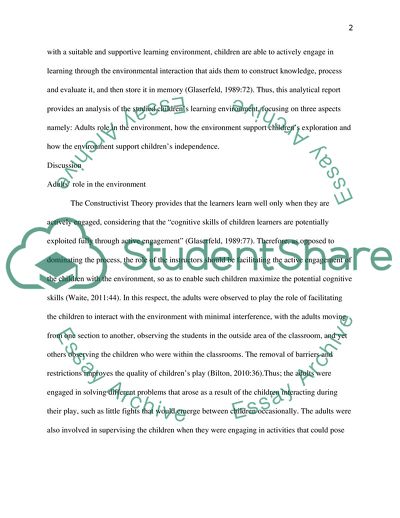Cite this document
(The Cognitive Theory of Learning Case Study Example | Topics and Well Written Essays - 2000 words, n.d.)
The Cognitive Theory of Learning Case Study Example | Topics and Well Written Essays - 2000 words. https://studentshare.org/education/1821153-analytic-commentary
The Cognitive Theory of Learning Case Study Example | Topics and Well Written Essays - 2000 words. https://studentshare.org/education/1821153-analytic-commentary
(The Cognitive Theory of Learning Case Study Example | Topics and Well Written Essays - 2000 Words)
The Cognitive Theory of Learning Case Study Example | Topics and Well Written Essays - 2000 Words. https://studentshare.org/education/1821153-analytic-commentary.
The Cognitive Theory of Learning Case Study Example | Topics and Well Written Essays - 2000 Words. https://studentshare.org/education/1821153-analytic-commentary.
“The Cognitive Theory of Learning Case Study Example | Topics and Well Written Essays - 2000 Words”. https://studentshare.org/education/1821153-analytic-commentary.


